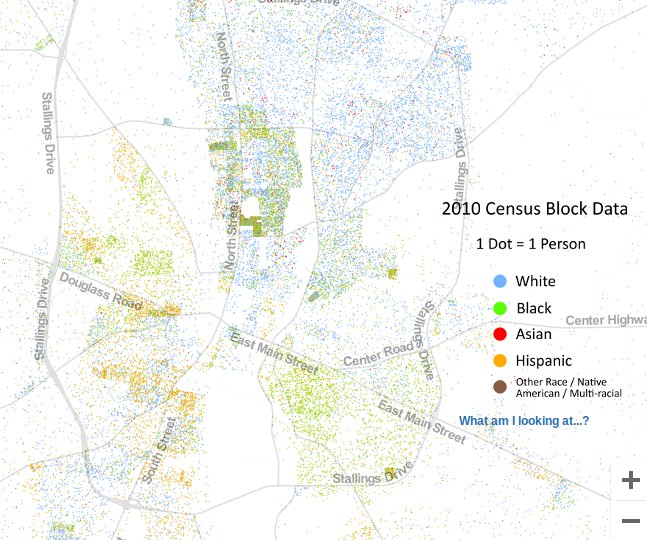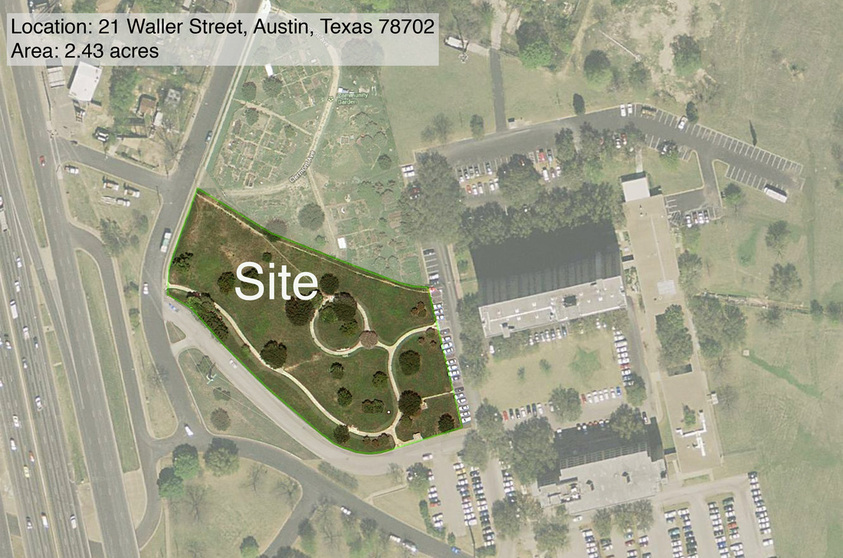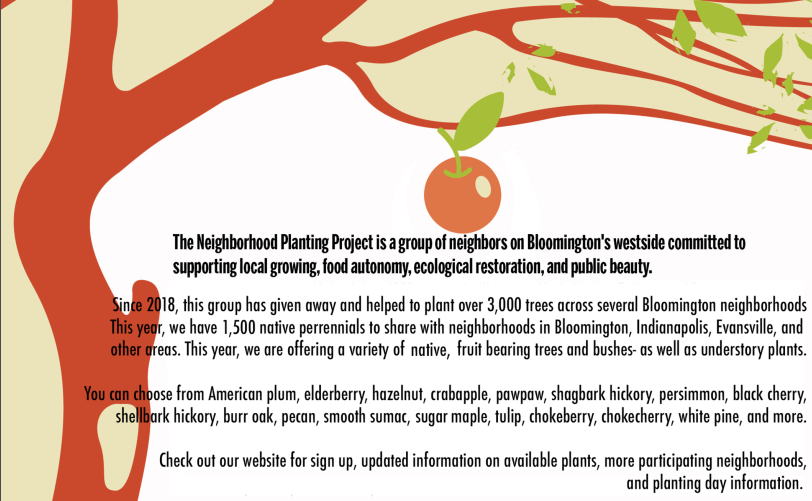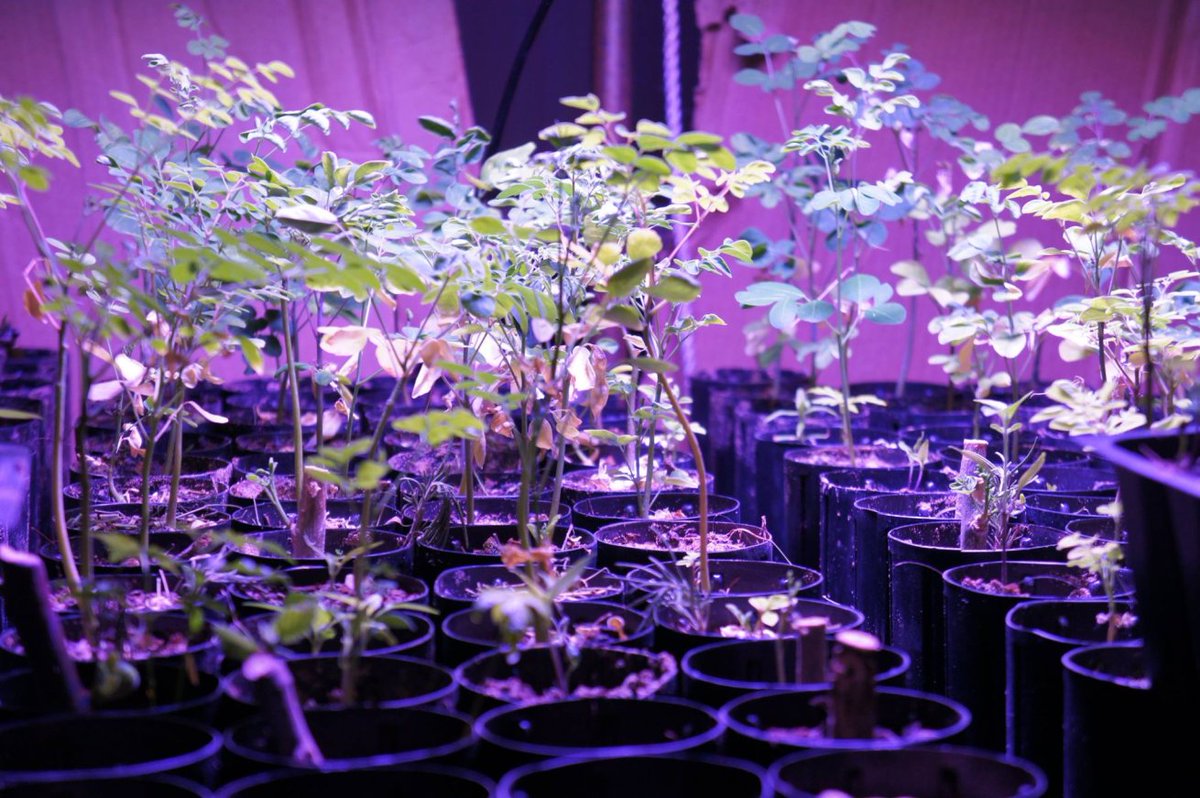THREAD: HOW TO GROW A COMMUNITY FOOD FOREST
We’ll go through the steps of figuring out what to grow, choosing a strategy and a model for transforming your community by creating a lasting food resource and developing and sharing the skill of growing food. 1/19
We’ll go through the steps of figuring out what to grow, choosing a strategy and a model for transforming your community by creating a lasting food resource and developing and sharing the skill of growing food. 1/19
STEP 1: Pick your plants! Look up your growing zone. Start with a few Reliable, Productive, Nutritive, Low-maintenance species. Cost & labor saving traits in plants include ability to direct-seed, ability to propagate by cuttings, and long lifespan. (2/19)
example: “In Houston, zone 9a/9b, we focused on trees that are easy to propagate: fig, banana, moringa, mulberry, pecan, perennials like sweet potato and sunchoke, and red okra as a pest-resistant food-fountain of an annual.” (3/19)
Step 2: Map your community. Understand the lines of racial and economic segregation, the contours of food insecurity as well as soil toxicity, and the forces at play in the struggle between renters and owners. Plan how to act right and embody your values. (4/19)
example: A college town in East TX is highly segregated. Folks there established a central nursery, took paid jobs in the rich white part of town in order to fund free fruit tree & herb gardens in low income neighborhoods. (5/19)
Step 3: Assess your capacity in terms of human energy. The most underrated step! Who will do the work? Know the answer so you can start small so you have spare time to work on outreach to grow your numbers and avoid burnout. (6/19)
Step 4: Assess your resources. This includes money, tools, vehicles, spaces you can access. Map resources which may not be available to you today but may be within reach; perhaps a nearby farm would help with their tractor if you get to know them (7/19)
Step 5: Location. Will you have one location, or many? Will you get permission to use a city park, buy land, rent, squat, or ask permission from private owners, businesses or community organizations? Weigh the pros and cons. (8/19)
example: The Festival Beach Food Forest in Austin TX started in 2017 to transform a 2.4 acre public park into a food forest. Check them out at https://festivalbeach.org/ ">https://festivalbeach.org/">... (9/19)
Step 6: Duration: Is this a permanent project, with a changing group of volunteers tending to a public garden indefinitely? Or is it an annual festival of planting in which a bulk order of 10,000 trees comes in and everyone sets to work together for a few days? Or is it...(10/19)
...a two-year initiative to go door-to-door and offer every person in town fruit trees for their yard?
example: The Neighborhood Planting Project in Bloomington, IN plants or gives away thousands of fruit, nut & native trees each Spring. https://neighborhoodplantingproject.org/ ">https://neighborhoodplantingproject.org/">... (11/19)
example: The Neighborhood Planting Project in Bloomington, IN plants or gives away thousands of fruit, nut & native trees each Spring. https://neighborhoodplantingproject.org/ ">https://neighborhoodplantingproject.org/">... (11/19)
Step 7: Establish a nursery. Unless you’re planning on buying your plants from existing nurseries, you’ll want someplace to start propagating cuttings and starting seedlings. (12/19)
example: The Nacogdoches Food Forest project started with a micro-nursery in a volunteer’s apartment with a tarp, 400 treepots, and a single growlight. They grew mostly moringa oleifera seedlings as well as fig cuttings, sweet potatoes, basil and rosemary. (13/19)
Step 8: Outreach. Design some printed materials and start meeting people. Whether you’re taking over an empty lot or planting trees in peoples’ yards, going door-to-door is a great way to introduce yourself to a neighborhood and get folks excited about the project. (14/19)
example: This is part of the brochure the Nacogdoches Food Forest used to offer gardens to folks in low-income neighborhoods. They knocked on a couple hundred doors - about 1/5 people who answered signed up for a garden. (15/19)
Step 9: Plan your garden(s)! Consult with other gardeners, farmers, permaculture experts, and any residents or other stakeholders. Consider the soil, sun, water, wind and aesthetics at play to make your design. Take your time and don& #39;t underestimate how big trees can get! (16/19)
Step 10: Start planting! Timing makes a big difference in gardening, so make sure you’re planting things in the proper season. (18/19)
Step 11: Observe, reflect, & reassess. How is your group structure working? Keep notes of what grows well, what doesn’t, and why. Gardening is a way of crafting an ecosystem; pay close attention and keep up with maintenance, such as weeding, mulching, and pest control. (19/19)
Some added depth, wrt Step 5: If your secret plan is to turn the entire neighborhood into a garden or orchard, the distributed, permission garden model is a good one. You knock on all the doors and offer to plant in their yard, for free, and to share in the harvest... (20)
The folks who are immediately down are usually plant lovers or interested in gardening themselves. Many are older ppl. After a season or two when the plants are looking nice, they’ll be the ones convincing their neighbor who said no the first time around to get a few trees. (21)
This strategy assumes that some people will change their minds and ask you to dig up the trees, or they’ll want to mow everything so they can sell the place. The upside is that you as a landless gardener are not beholden to a particular landowner. (22)
This door-to-door model works well in small towns, rural areas, rustbelt suburbs where it& #39;s possible to be food insecure and also have a big yard. The best locations are those where you can disregard front-yard aesthetics & grow a vibrant, messy, multi-layered food forest. (23)
Consider reaching out to churches, community centers, old folks& #39; homes and offering to plant an orchard or herb garden. Having a large, public garden in each zone where you plant gives you a place to host volunteer days, increases visibility, grow your propagation stock, and (24)
most importantly, it establishes a food forest which is explicitly open & communal. The yard gardens are hopefully bringing some level of communal life where previously was only private property, but of course it& #39;s necessary to meet ppl where they& #39;re at in terms of boundaries. 25
If you& #39;re anywhere near the warm parts of North America, check out our Great Sweet Potato Giveaway Thread and get yourself some free sweet potato plants. We& #39;re serious, let& #39;s make sweet potatoes free and abundant: https://twitter.com/FoodForestNetwk/status/1241154193181872129?s=20">https://twitter.com/FoodFores... (26)
Here is the racial dot map used in Step 2& #39;s example, in which census data shows 1 dot for every 1 person in the US. Other sites map more data in terms of income level, be sure to check out those as well.
https://demographics.virginia.edu/DotMap/ ">https://demographics.virginia.edu/DotMap/&q...
https://demographics.virginia.edu/DotMap/ ">https://demographics.virginia.edu/DotMap/&q...
Mapping sunshine: sunlight may be the most important parameter for food forest design.
If you can get a hold of a solar pathfinder, that& #39;s great - the app SunCalc is also super helpful. Or just take a lot of time to watch the shadows and take notes.
https://www.instagram.com/p/B_YW_VKgmxQ/?utm_source=ig_web_copy_link">https://www.instagram.com/p/B_YW_VK...
If you can get a hold of a solar pathfinder, that& #39;s great - the app SunCalc is also super helpful. Or just take a lot of time to watch the shadows and take notes.
https://www.instagram.com/p/B_YW_VKgmxQ/?utm_source=ig_web_copy_link">https://www.instagram.com/p/B_YW_VK...
Similar to the Neighborhood Planting Project mentioned above but with a more Southerly tree palette , @LobeliaCommons runs a & #39;front yard orchard& #39; project in New Orleans: https://twitter.com/lobeliacommons/status/1363925266758840327?s=20">https://twitter.com/lobeliaco...
For anyone exploring the "free plant nursery" model, check out @lobeliacommons and their #decentralizednursery #1400Challenge as well as this excellent thread on the ins and outs of running a cheap & dirty free plant nursery: https://twitter.com/lobeliacommons/status/1372612408666128389?s=20">https://twitter.com/lobeliaco...

 Read on Twitter
Read on Twitter







